Winter Photography: Tips you should consider
Although it’s a common topic, winter photography is challenging to perfect. Here are some pointers and ideas from professionals to aid you in growing your skills at winter photography
Photographers can capture everything from stunning snow-covered vistas to the northern lights in wintery, frigid locations. You can capture some absolutely amazing winter photography images if the lighting is favourable. However, the chilly winter climate also presents particular difficulties for photographers — and we don’t just mean the possibility of frostbite!
Exposure composition in Winter
Adjust your exposure adjustment by +0.3 or +0.7 when shooting in sunny, bright winter weather or while attempting to capture the pristine whiteness of fresh snow. As a result, you must inform the camera that you are taking a photo of something bright and change your exposure because cameras can’t identify that you are photographing snow (technically, they can’t see color either). Otherwise, your snow would appear grey rather than white.
Batteries should be warm
IMAGE CREDITS: Unsplash.com
Low temperatures cause batteries to lose their power. The number of shots you can take in one charge can reduce significantly in cold weather—less than 50–70% of what you are used to—from the few hundred you might be used to in warm weather. By keeping your backup batteries warm, you may easily avoid the winter weather. Simply keep the extra batteries close to your body heat in your inside pocket.
Camera shouldn’t be foggy: winter photography
Shooting something in sub-zero conditions is difficult. Be aware of your camera when you’re ready to warm up in any nearby indoor location. If you simply dash inside with your camera, the moisture build-up will cause your lens to fog up right away. This will make you wait for the lens to defog painfully for a few minutes (and perhaps cost you a beautiful image). Before you enter any warm environment, put your camera in a photo bag with a lens cover to prevent this.
Gloves to keep hands warms: winter photography
You’ll almost certainly wind-up shooting while wearing gloves if you’re shooting outside. If you use standard gloves, like I do, you could get upset when you can’t reach all the dials and buttons because of the thickness of the gloves. To provide complete camera control, most photo shops sell specialized photo gloves with thin thermal cloth around the fingertips. For a firm grip, these gloves also contain a unique fabric on the palms. Try these gloves out at your neighbourhood photography store. They might prevent frostbite and a horrible headache for you.
Take care of your nose mate
Winter is a great time to take photos since the lovely hats and mittens really make the picture. Red cheeks are fantastic, but a red nose is not so fantastic if your model is out in the cold. Don’t be upset if your model gets a red nose in every photograph. Adobe Lightroom only requires a saturation adjustment. Sliders for the Orange Saturation and Red Saturation should both be moved significantly to the left (at -5 and -10, respectively). Red noses can be tamed by reducing the red and orange saturations. Give it a go!
Capturing the snowfall: winter photography
IMAGE CREDITS: Unsplash.com
Snowfall is one of the most beautiful subjects for photography. Consider purchasing a telephoto lens—anything with a focal length of 70mm or higher—to obtain the greatest shot. Use a lens that is 200mm or longer and shoot with a narrow aperture (f/4.5–6.3 is a good range to think about). Set your shutter speed as quickly as you can (1/400 of a second or faster).
Don’t miss the sun set and sun rise: winter photography
The dawn and sunset can be even more dramatic than typical during the winter, especially just before or after snowstorms. They are probably lot simpler to take pictures of. Why? Because the sun rises later and sets earlier during the winter, landscape photographers can take a break and sleep in. Photographers must arrive on location as early as 4 a.m. in the summer. The sun rises as late as 7-8 a.m. in the winter.
Keeping your gear box safe
IMAGE CREDITS: Unsplash.com
Invest in a nice snow or rain cover if you are out and about a lot during snowstorms. During picture shoots, it will keep your camera and lenses dry, reducing the possibility of moisture residue getting close to your camera’s electronic components. A snow cover can be purchased for as little as $6, but high-quality covers cost between $60 and $100. Even so, it’s a fantastic purchase that is considerably less expensive than camera repairs.
Drying your camera: winter photography
Bring your camera indoors if it ever gets wet, then wrap it with a dry towel. Give it some time to rest. You run the danger of pushing the snow or water within the seams where the electronic components are if you try to wipe it off, which can effectively destroy your camera. Just place your camera in a towel and let it soak up all the wet for a little while.
Always keep yourself warm
Maintaining your heat is the absolute last step. It’s crucial to be equipped to withstand the wind and the cold when shooting outside because it can be difficult. Overdressing is never a terrible idea. If all else fails, you can always unzip your winter coat. Get ready for a fun day of outside shooting by donning Gore-Tex boots, thick gloves, and a cap.
Be moody buddy
IMAGE CREDITS: Unsplash.com
Of course, there won’t be a dazzling focal point in every picture. Perhaps the total desolation and mortality of winter best describes the tone of your landscape. So, choose a different path and accept the grimness. Use minimalism in your compositions to draw attention to a single element that affects the entire scene. For this kind of composition, ruins or abandoned buildings are ideal subjects.

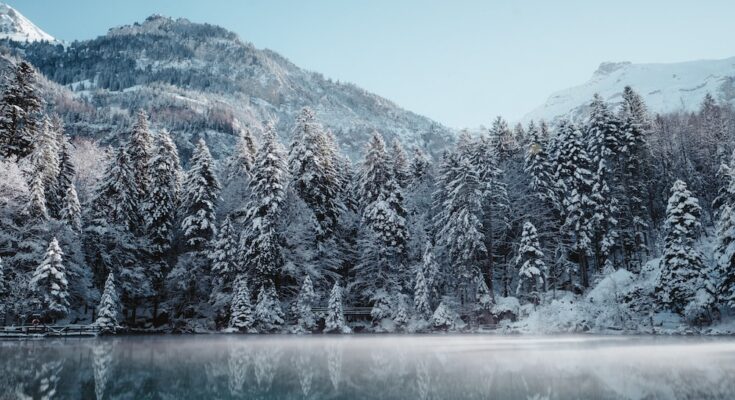
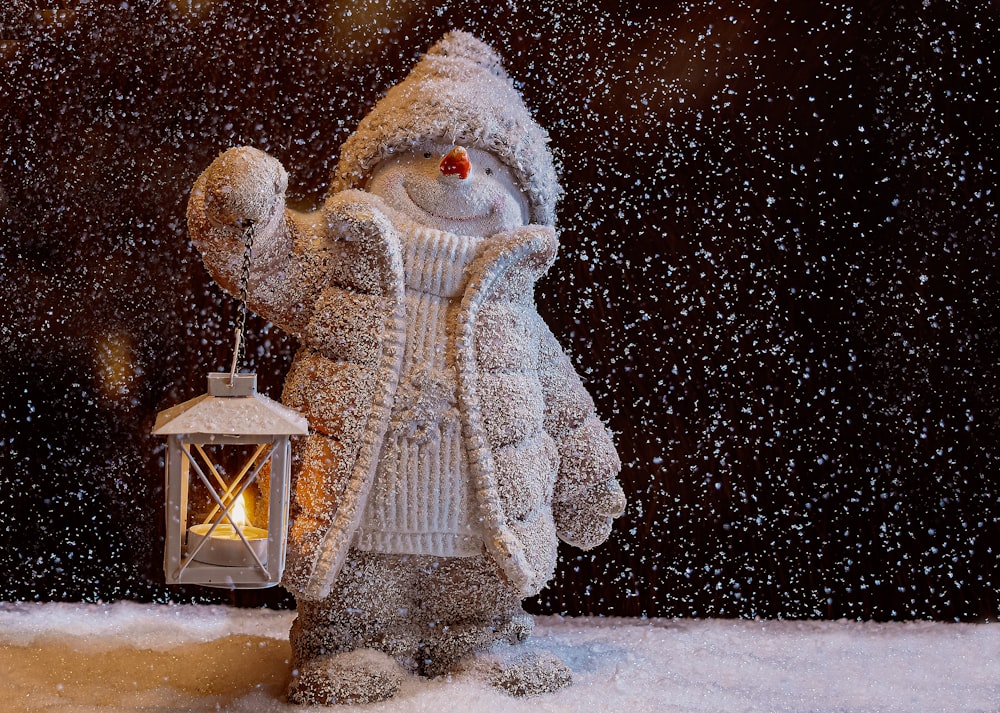
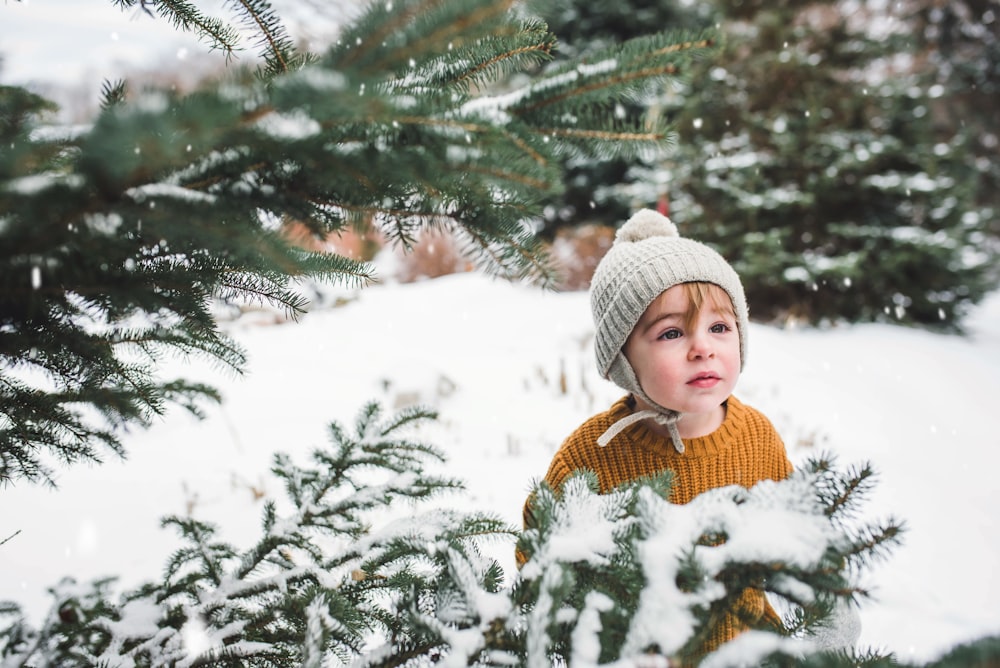
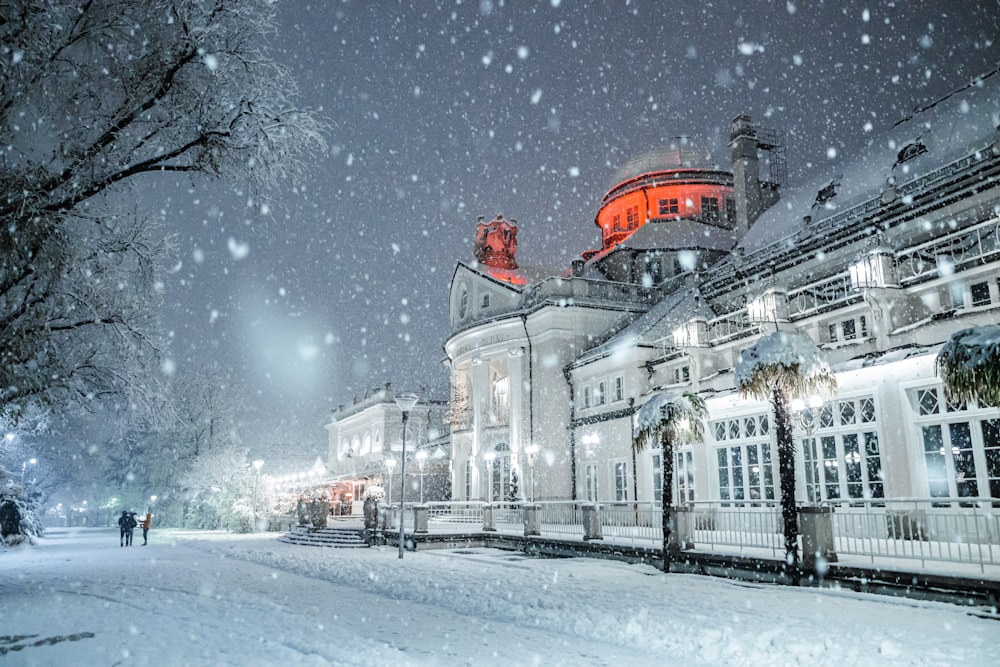
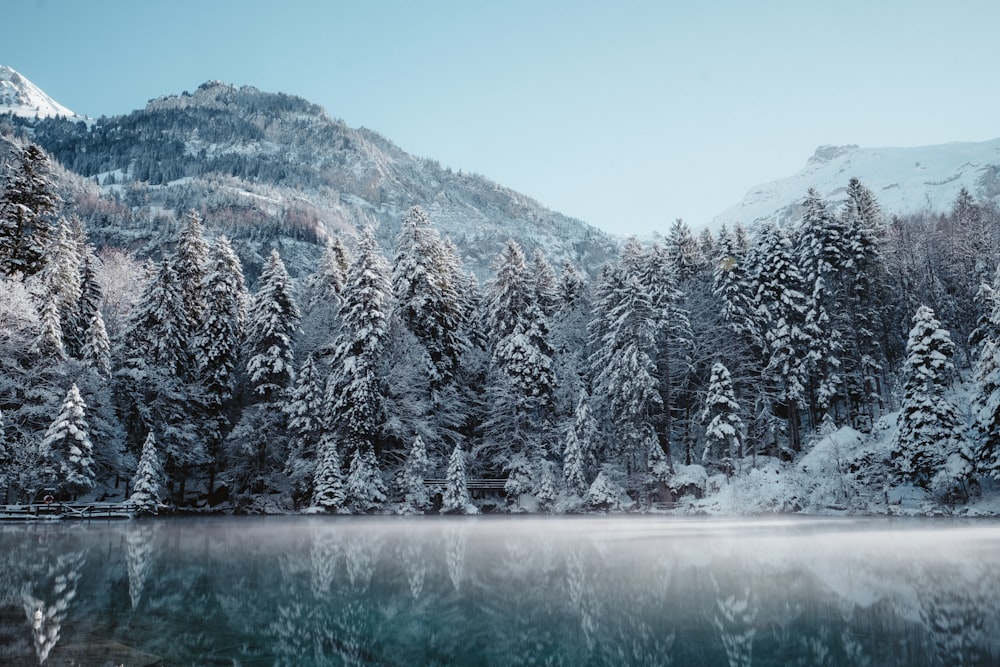



One Comment on “Winter Photography: Tips you should consider ”